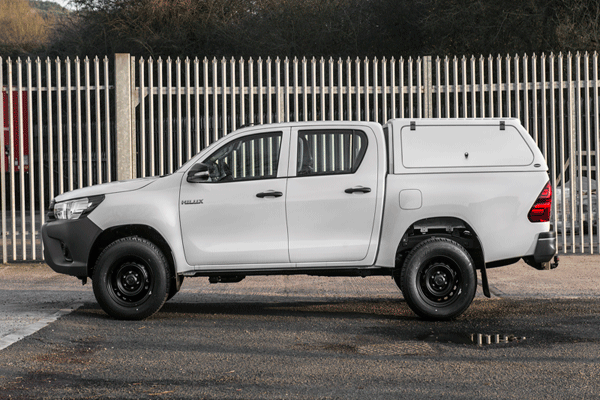c-trace has launched its first bin ID and dynamic weighing system for side-loading 'grabber' refuse collection vehicles (RCVs).
The grabber is a single-person-operated RCV with an extending arm to grab the bin in a flexible grip before lifting and emptying it in to a hopper behind the cab.
It is the standard system for domestic refuse collection in the Netherlands where it is popular because it minimises manual handling of bins.
Ian Martin, c-trace's UK Sales Director, said: 'There is already a small UK market for grabber systems but it is increasing in popularity across Europe - particularly the Benelux countries - and our new system has been developed in response to this growing demand.
'It is also widely used in Australia where it is not only important to minimise manual handling of bins in hot conditions but it also reduces the likelihood of operators coming into contact with venomous spiders and snakes.'
The new system was developed to provide the same high standards of bin identification and certified dynamic bin weighing as it provides in the more widely used rear-end-loading (REL) vehicles.
This means the bin is accurately weighed while it is being lifted without halting the operation and - along with the bin's unique ID, the time and GPS location - the data is transmitted via GPRS to c-trace's secure servers from which bills can be seamlessly prepared.
However, the grabber system presented several challenges requiring a different approach to the engineering.
The RFID reader is normally mounted on the comb of a REL bin lift but the grabber has no comb, so a tough, protective rubber sheath covers the antenna coil and it is mounted on the spill plate instead. The antenna has also been adapted to work with HDX (half duplex) RFID chips which provide an extended range and can read chips 30cm from the antenna - a development unique to c-trace.
And the company has also developed a new weighing attachment which contains the digital load cells and electronics to weigh the waste, offering the customer the same 'legal-for-trade' solution as the company's REL dynamic weighing systems.
Ian Martin said: 'The grabber is quick to operate but this means it has a very small weighing window - that's the phase in the lift-cycle where the net weight is calculated by taking comparable readings as the bin goes up and then down again.
'We've collaborated closely with lift and body manufacturers to ensure the accuracy needed for the legal requirements of a pay-by-weight system is achieved.
'Our systems and are now fitted to more than 2,000 vehicles across Europe and the Middle East and also in Australia where they have proven themselves in quite remote places, needing very few service interventions.
'While we continue to grow our market share in the REL vehicle market, we are also in a strong position as the potential of weighing on a grabber is realised.'







